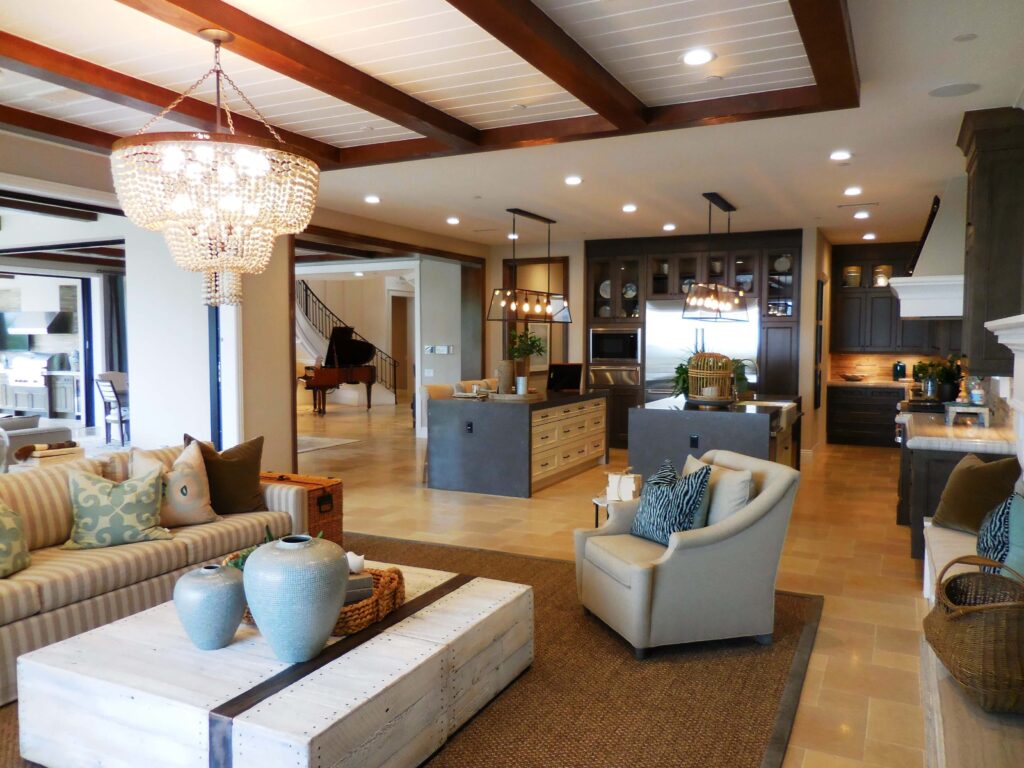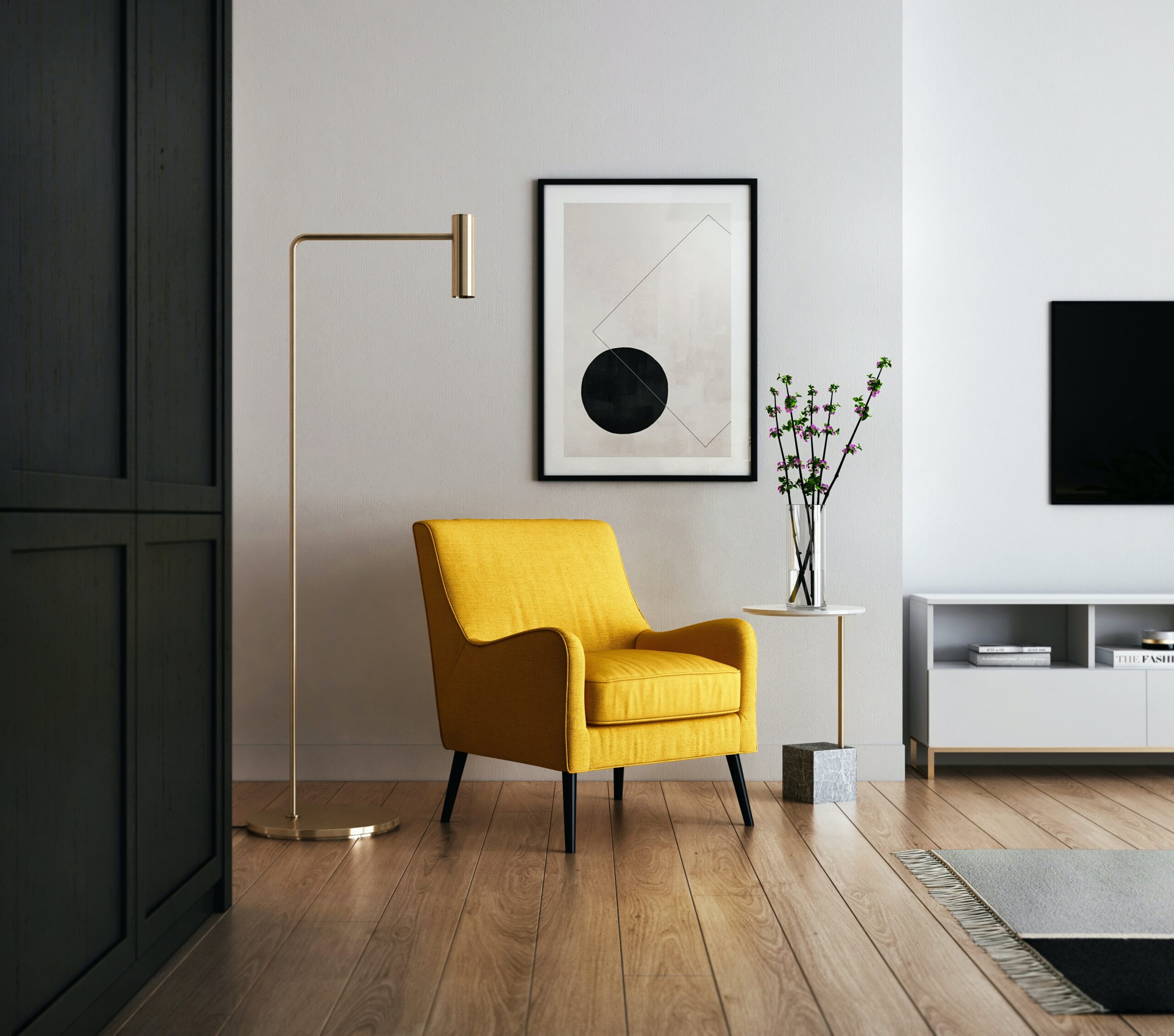Yes, mixing furniture in a bedroom is a common and effective design approach that can add interest, character, and a personalized touch to the space. Here are some tips on how to mix furniture in a bedroom:
- Choose a Unifying Theme:
- While you can mix different styles of furniture, it’s helpful to have a unifying theme or color palette. This ensures that the various pieces work together cohesively, creating a harmonious look.
- Blend Styles Thoughtfully:
- Mixing furniture styles can be done successfully if done with purpose. For example, pairing a modern bed with vintage nightstands can create a dynamic and eclectic look. Just be intentional about the combinations.
- Consider Scale and Proportion:
- Pay attention to the scale and proportion of each piece of furniture. Avoid overcrowding the room with too many large pieces or having too many small items that may make the space feel cluttered.
- Mix Materials and Finishes:
- Mixing different materials and finishes can add visual interest. For example, combining wood, metal, and upholstered furniture can create a rich and varied texture in the room.
- Coordinate Colors:
- Even if you’re mixing styles, consider coordinating the colors of the furniture pieces. This helps tie everything together. You can use similar hues or complementary colors to create a cohesive look.
- Create Contrast:
- Introduce contrast in the room to make it visually appealing. This could be achieved by pairing light-colored furniture with darker pieces or combining smooth surfaces with textured ones.
- Use a Statement Piece:
- Incorporate a statement piece of furniture that stands out and becomes a focal point. This could be an antique dresser, a unique headboard, or an eye-catching accent chair.
- Stick to a Limited Palette:
- While mixing furniture, try not to overwhelm the room with too many colors or patterns. Keeping a limited color palette can help maintain a more cohesive and balanced look.
- Balance the Room:
- Aim for balance in the arrangement of furniture. Distribute visual weight evenly to create a sense of equilibrium. For example, if one side of the bed has a substantial nightstand, balance it with a similarly sized piece on the other side.
- Consider Functionality:
- Ensure that the mix of furniture serves the functional needs of the bedroom. Make sure there is enough storage, comfortable seating, and a layout that accommodates your lifestyle.
- Experiment and Assess:
- Don’t be afraid to experiment with different combinations. Move furniture around and assess how each piece contributes to the overall look and feel of the room. Adjust as needed.
- Personalize with Accessories:
- Use accessories such as bedding, throw pillows, and decor items to tie the different pieces together. Accessories can help create a cohesive design and reflect your personal style.
Remember that the key to successfully mixing furniture is thoughtful planning and a sense of cohesion. By combining different styles, materials, and colors purposefully, you can achieve a bedroom that feels unique, curated, and reflective of your personal taste.

